Players do not chase labels in 2025. They chase loops that fit a busy day and friends who can join in seconds. The year favors games that respect time, ignite social feeds, and still reward skill. Genres continue to mix, share tech, and borrow features, yet a handful of pillars tower over the rest for clear and repeatable reasons.
The market also feels more open than it did a few years ago. Small teams can claim a lane with one great loop and strong community care. Big studios win when they deliver polish, smooth netcode, and a steady calendar. Between those poles sits a wide field where bold ideas can bloom if the first hour tells a clean story and every session ends with a keepsake.
The big picture for 2025
Short session loops rule, but depth keeps them alive. Crossplay, cross progression, and drop in co op turn a maybe into a yes because players want friction free nights. Streamability matters because a match that reads well on a phone screen earns free discovery every evening. Seasonal structure remains the default frame, though more teams add one time events to break routine and keep fans curious.
User generated content keeps rising. Map tools, scripting layers, and creator hubs stretch the tail of a hit beyond any single patch. The best teams treat creators like partners, not unpaid labor. They give analytics, safe sharing pipelines, and ways to earn inside the ecosystem. The result is a catalog that changes each week without a full client patch.
Monetization continues to move away from power. Cosmetics dominate the revenue mix for competitive games, while expansions and story packs support long form titles. Battle passes still perform, yet players punish stingy tracks. The winners give soft goals, fair pacing, and a few moments per season where a fan can say this reward feels special.
Breakout and evergreen genres
Below is a snapshot of the dominant lanes in 2025. Each row explains why players flock to the genre, points to headliners that define the mood, and shows the typical session shape.
The 2025 genre snapshot
| Genre | Why players flock to it | Top examples in 2025 | Session style |
|---|---|---|---|
| Survival crafting and co op sandboxes | Clear goals, social building, steady sense of progress | Palworld, Enshrouded, Sons of the Forest, Nightingale, Ark Survival Ascended | 20 to 60 minute cycles that chain into long nights |
| Extraction and high stakes PvPvE | Risk creates stories, loot is a memory of each run | Escape from Tarkov, Dark and Darker, Marauders, Gray Zone Warfare | 15 to 45 minute raids with tense exits |
| Roguelites and action survivors | Learn a little each run, fast wins feel great to share | Hades II, Vampire Survivors, Risk of Rain Returns, Dead Cells | 10 to 30 minute runs with high replay value |
| Soulslikes and character action | Tight combat, bold bosses, high skill ceiling | Elden Ring with DLC momentum, Lies of P, Wo Long | 30 to 90 minute arcs around boss attempts |
| Cozy life sims and farm RPGs | Gentle goals, decoration, daily rituals with friends | Stardew Valley, Palia, Disney Dreamlight Valley, Coral Island, Fae Farm | 15 to 40 minute chill sessions |
| City builders and systems strategy | Long term planning, moddable systems, visible payoff | Manor Lords, Factorio, Dyson Sphere Program, Frostpunk 2 | 30 to 120 minute planning loops |
| Competitive shooters and arena play | Instant reads on stream, clutch moments, team identity | Valorant, Counter Strike 2, The Finals, Apex Legends | 10 to 30 minute matches |
| Fighting games with strong netcode | Easy to watch, deep to master, lively event scene | Tekken 8, Street Fighter 6, Mortal Kombat 1 | 5 to 15 minute sets |
| Card and deck strategy | Clever combos, crisp runs, portable to any platform | Balatro, Slay the Spire, Marvel Snap | 5 to 20 minute rounds |
| Open world action RPGs and adventures | Big maps, flexible builds, cinematic quests | Elden Ring momentum, Cyberpunk 2077 2.0 wave, Assassin style sandboxes | 30 to 90 minute play windows |
| Anime action RPGs and gacha hybrids | Smooth combat, regular updates, character collecting | Genshin Impact, Honkai Star Rail, Wuthering Waves | 10 to 30 minute dailies plus events |
| UGC platforms and sandbox creation | Endless variety, creator economy, social hubs | Fortnite Creative and Festival, Roblox | 10 to 60 minute hops across modes |
| Sports and sim racing live services | Clean competition, licensed events, strong clubs | EA Sports FC, NBA 2K, Gran Turismo and Forza ecosystems | 10 to 30 minute matches or stints |
Why these genres stay hot
- Social friction stays low. Crossplay and quick match tools remove excuses. A friend can ping, and you are in a lobby before the kettle boils.
- Progress is obvious and satisfying. A base wall goes up. A new card unlocks. A rank ticks higher. Every session ends with a souvenir that proves your time mattered.
- Stories write themselves. Extraction losses, clutch parries, wild seeds, and last ring wins create clips that spread without a marketing budget.
- Creators keep them fresh. Mod scenes, custom maps, and in client editors refill the content well and turn communities into small studios.
- Business models match real life. Cosmetic centric monetization respects skill. Seasonal tracks align with weekly play patterns and push gentle goals, not chores.
Deep dives by genre
Survival crafting and co op sandboxes
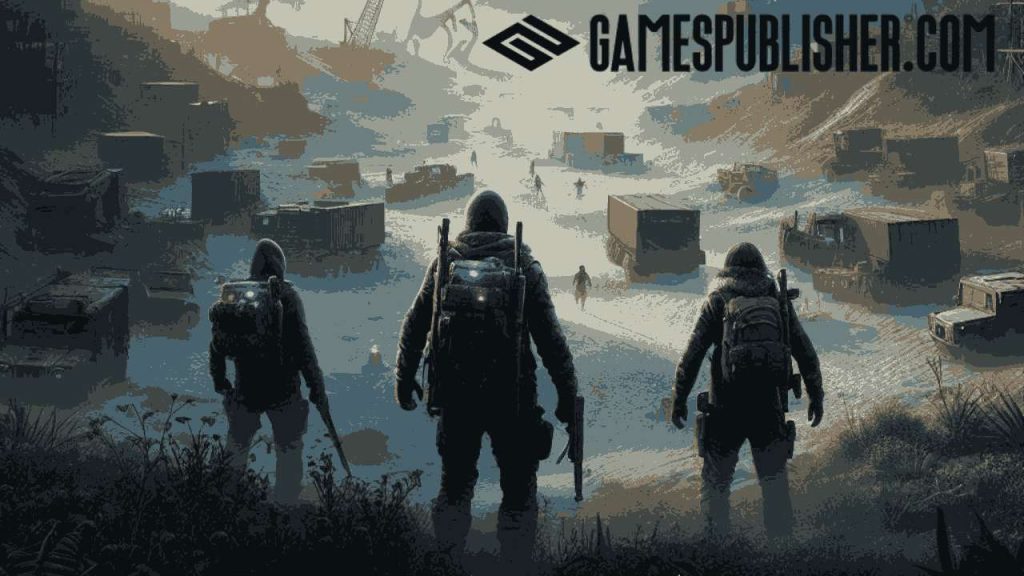
This lane delivers the clearest arc in games. Start weak, gather, learn, and build a place that feels safe because you made it that way. In 2025 the genre leans into friendly servers and easy co op, so teams can coordinate projects without a spreadsheet. Stakes vary. Some worlds push hard with storms, raids, or brutal winters. Others emphasize discovery and base style. The common thread is agency. Players set goals, tell friends, and show receipts with screenshots and tours.
Design notes for teams:
- Tools must feel good to use. If building snaps clean and mining has punch, hours pass without grind fatigue.
- Travel time defines feel. Slow worlds invite long sessions and clear roles. Faster worlds lean on quick trips and bold raids.
- Server features decide retention. Good admin tools, modest mod support, and smart decay rules save headaches and protect communities.
Extraction and high stakes PvPvE
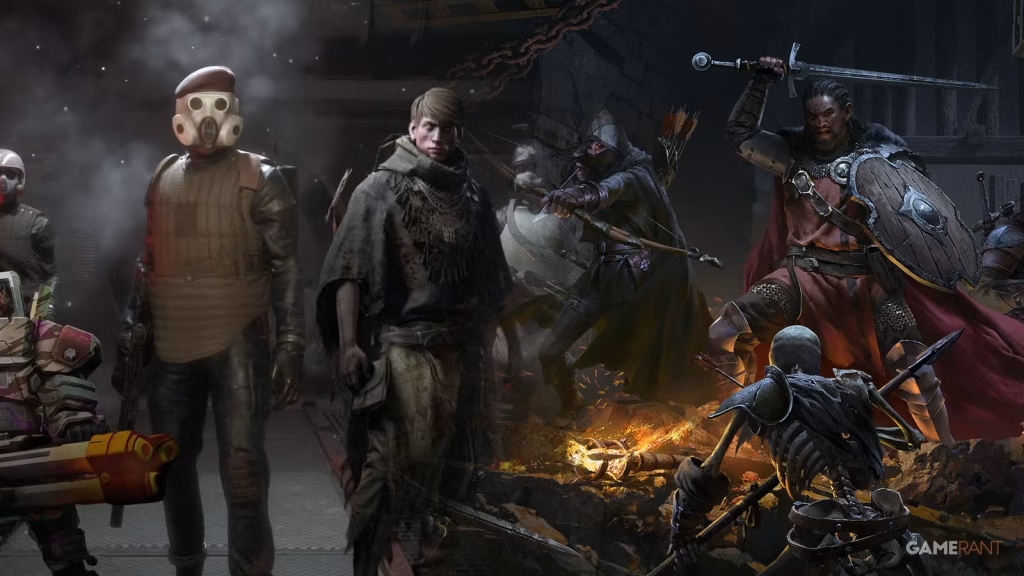
Risk makes this lane addictive. A raid combines stealth, quick reads, careful movement, and the sick thrill of a clean exit. The best maps have noise that players can learn. Footsteps, doors, vents, and weather all carry meaning, so skill improves with each attempt. Loot tells stories. A rifle with scratches feels like a veteran. A rare optic changes how you approach a lane. Death hurts but also fuels the next plan.
Design notes for teams:
- New player funnels need real care. Offer cheap starter kits and gentle first raids. Let rookies bank a few wins before you raise heat.
- Sound is half the game. Invest in footstep clarity, occlusion, and reverb that teaches position.
- Cheating kills trust faster here than anywhere. Great anti cheat and server side checks are not optional.
Roguelites and action survivors
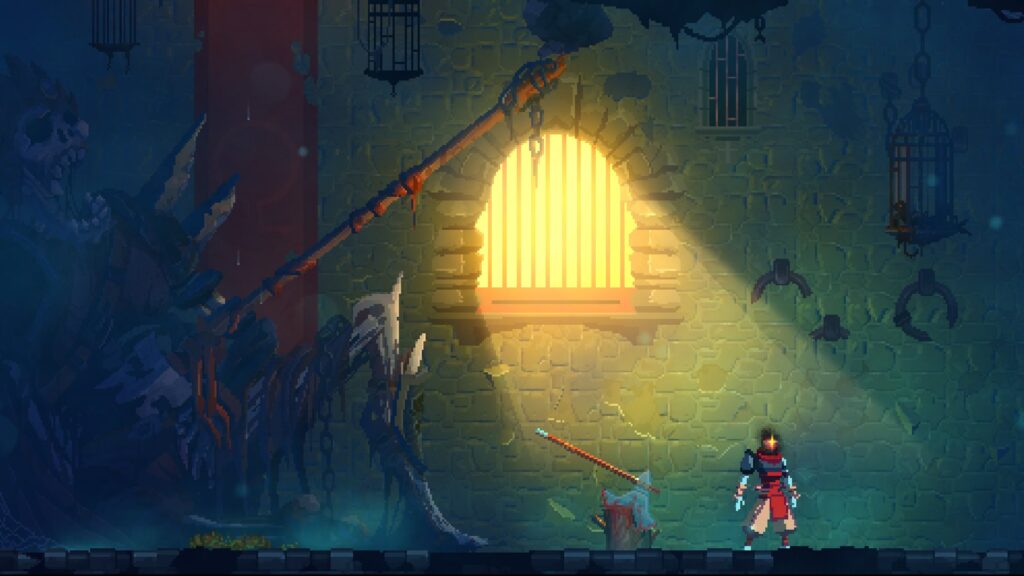
This space remains a fountain of bright ideas. One run teaches a trick. The next run lets you combine that trick with a new toy. In 2025 the winners have generous early curves and spicy late routes. The loop feels the same on a bus, a couch, or a desk, so the audience spreads across devices without friction. Bold art and big audio help streams, which pushes more players to try a run after dinner.
Design notes for teams:
- Meta progression keeps flame. Players should see a path to stronger starts without losing the thrill of a clean seed.
- Offer daily modes and weekly modifiers. Creators need talking points and repeatable rituals.
- Keep death instructive. Losses should hint at answers rather than feel arbitrary.
Soulslikes and character action
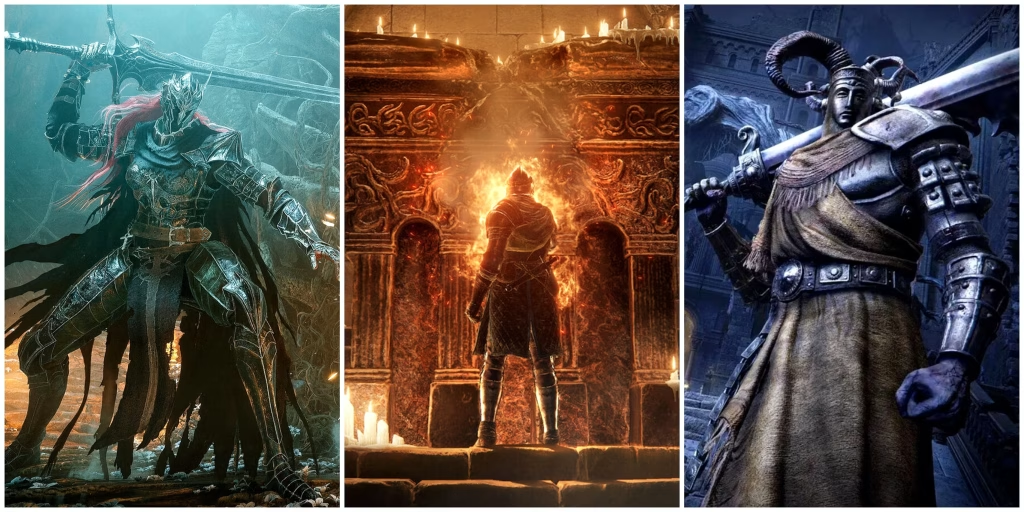
Challenge is not a wall here. It is a story about growth. The genre thrives because its rules feel fair and its enemies tell the truth with their bodies. Players accept defeat when they can read where they failed. In 2025 many new titles borrow open zone ideas from modern hits, which lets teams shape routes and teach systems without holding hands. Fashion still matters. A set that looks sharp pushes hours of play on its own.
Design notes for teams:
- Frame data and honest tracking beat raw damage. If the camera tells the truth, players stay.
- Variety sells. Give wild weapon lines, stances, and ability paths that invite experiments and challenge runs.
- Accessibility options help more than they hurt. Simple assists let fans share the story with friends who would bounce otherwise.
Cozy life sims and farm RPGs
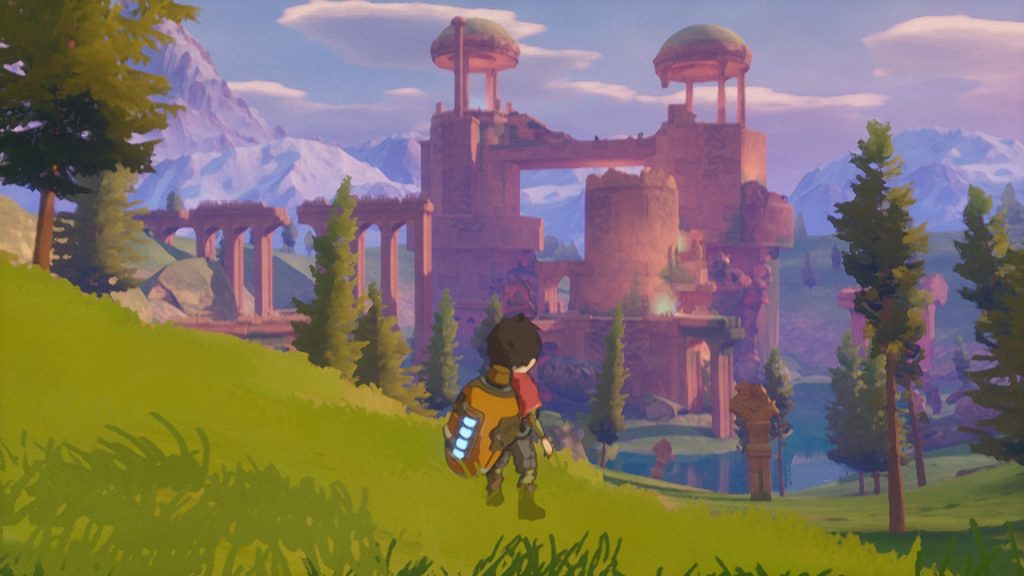
Gentle goals and decoration depth keep this lane thriving. The mood is steady and warm. Players relax with daily rituals, show their homes, and bring friends over for a tour. Events feel like a small town calendar, not a test. The best updates are light but frequent, with new seeds, critters, furniture sets, and music that soothes the room.
Design notes for teams:
- Treat decoration as a craft. Snapping, color tools, and photo modes matter as much as farming loops.
- Social visits need to be simple. A postcard invite system can carry a whole season.
- Accessibility is vital. Text size, color tools, and calm haptics broaden the audience, which fits the spirit of the genre.
City builders and systems strategy
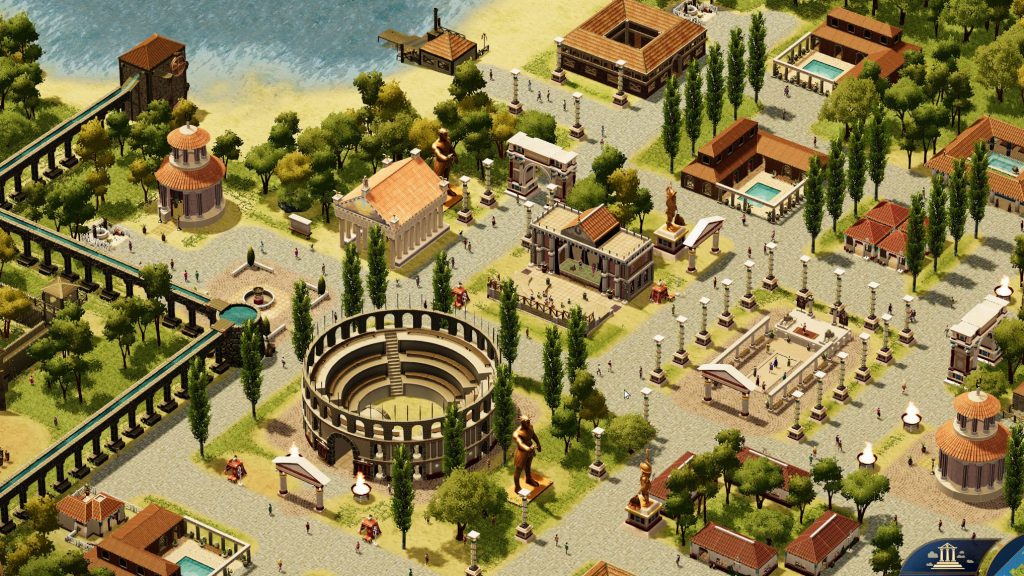
This field invites players who love plans that bloom over hours. In 2025 the hits land because they turn complex math into scenes that make sense at a glance. Good builders let you zoom from skyline to sidewalk and still learn something. Mod tools widen the funnel, then keep the party going with assets, rules, and scenarios that feel bespoke.
Design notes for teams:
- A great builder explains itself with motion. Roads pulse, heat maps breathe, and supply lines animate.
- Difficulty curves benefit from scenario playlists. Teach a single idea per map and let fans combine them later.
- Save system design is content. Timelines, bookmarks, and replay cameras turn one city into a season.
Competitive shooters and arena play

The modern shooter needs two strong ideas. One lives in movement. The other lives in team utility. When those ideas click, the game becomes a language that teams want to master together. In 2025 the audience expects crisp hit reg, honest aim assist rules, and smooth crossplay. Spectator tools matter because a readable fight becomes a social event beyond the lobby.
Design notes for teams:
- Anti cheat is a product feature. Communicate often, publish ban waves, and invest in trust systems that protect new players.
- Map design should favor clarity. Lines, color, and sound tell roles and routes before the first round starts.
- Ranked should respect time. Soft decay, clear promotions, and predictable splits reduce churn.
Fighting games with strong netcode
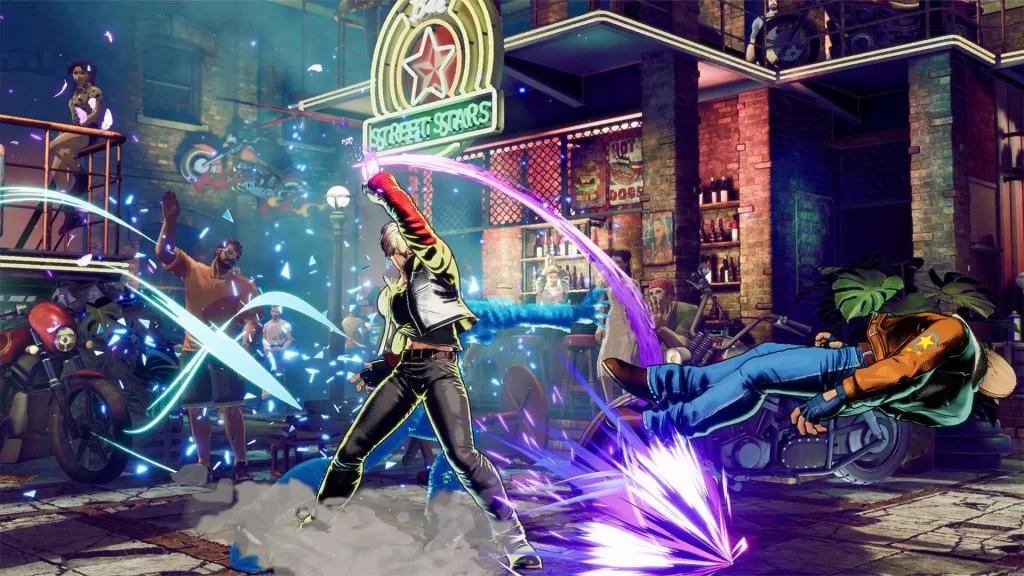
Rollback netcode unlocked a global scene that feels good on weeknights. The genre now relies on smart onboarding as much as character hype. The best games teach one option at a time, give credit for effort, and show progress even when you lose. Event culture remains vibrant, with local brackets feeding online circuits that lead to big stages.
Design notes for teams:
- Training modes need to be friendly. Explain terms, surface frame traps in plain language, and show heat maps for habits.
- Avatar lobbies and creator tools keep downtime lively. Fans want to hang even when they are not grinding sets.
- Cosmetics should celebrate skill or community memes, not hide behind mystery boxes.
Card and deck strategy
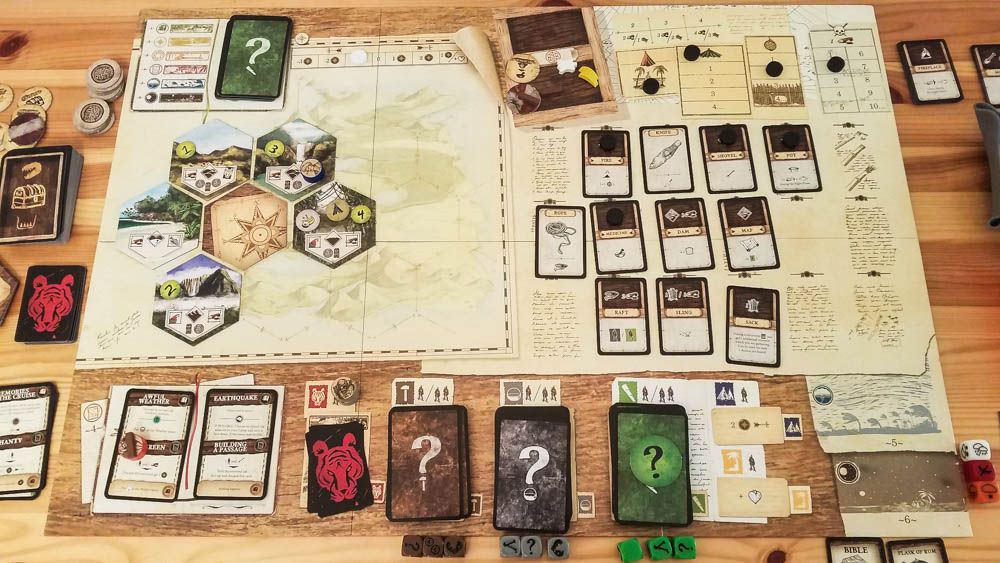
Deck games endure because they feel clever within minutes. A new player can win a round and still see a dozen futures to chase. In 2025 the mix of single run titles and live service battlers covers both moods. Clean rules, sweet art, and crisp sound bring clarity that players and creators love.
Design notes for teams:
- Randomness is fine when loss teaches lines you could have taken.
- Deck builders shine when every card has a verb that changes how you think.
- Daily seeds and quick drafts keep veterans engaged while still welcoming fresh faces.
Open world action RPGs and adventures
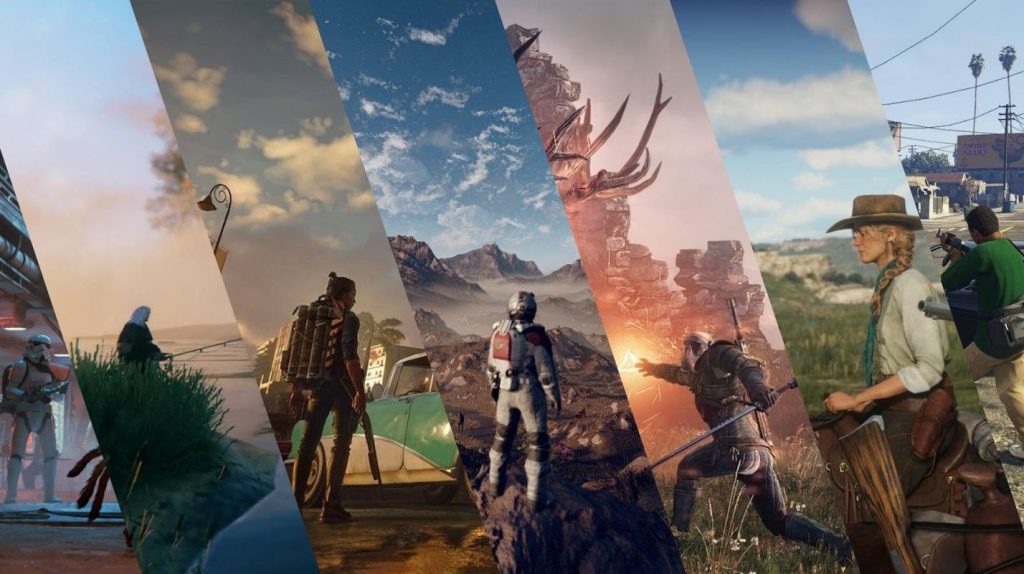
This space rewards teams that deliver a strong core first. Combat must sing. Movement must feel right. Only then do large maps and layered missions land as a gift rather than a chore. In 2025 many studios release fewer icons and more curiosities. Players wander, stumble onto small tales, and post them online the same night.
Design notes for teams:
- Fast travel speed and load times shape reviews as much as plot twists.
- Let players bend builds early. A small taste of power invites exploration rather than checklist play.
- Photo tools extend life. Screenshots sell better than trailers once a game is out.
Anime action RPGs and gacha hybrids
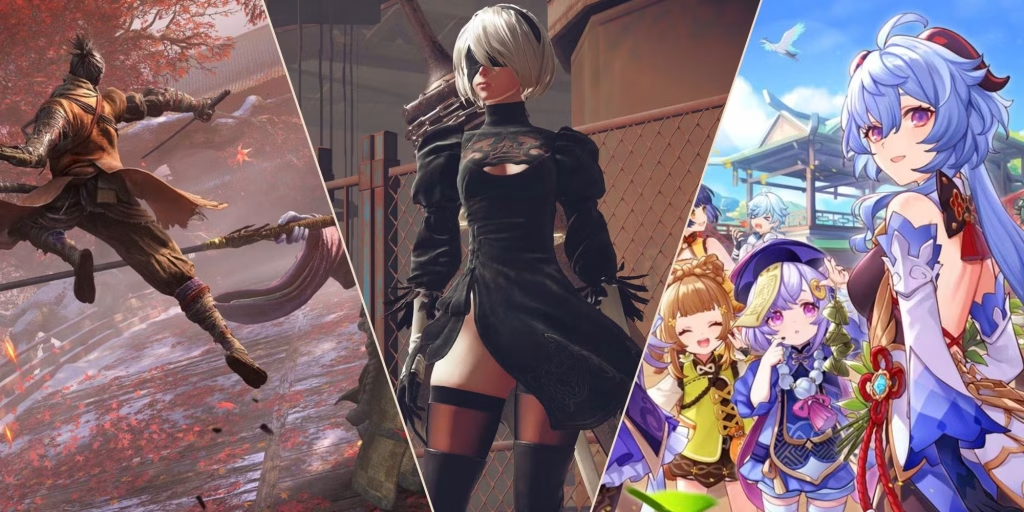
These games thrive on combat flow and character identity. Each new banner should open a style, not only add numbers. Events land like mini seasons of a show, with music, cosmetics, and light story beats that fit the world. In 2025 many teams add better pity rules, which helps trust and keeps fans around for the next arc.
Design notes for teams:
- Transparent rates and fair pity caps ease heat around monetization.
- Mobile performance and controller support matter. Fans play across devices.
- Endgame should evolve. Rotating modes stop the roster from feeling solved.
UGC platforms and sandbox creation
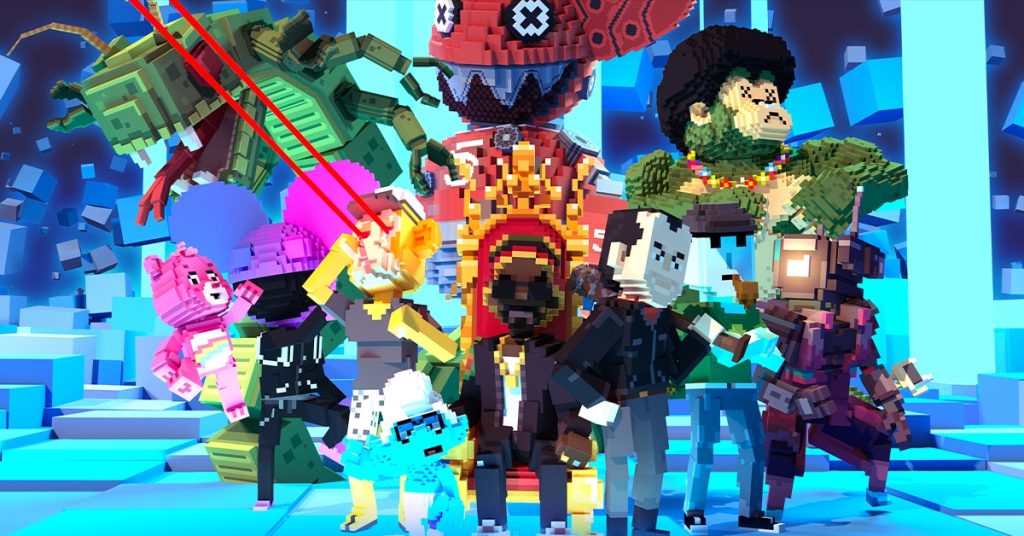
Platforms with robust creation tools now compete with full games. Players can jump from a rhythm mode to a shooter to a builder without changing clients. This elasticity makes them social hubs as much as game catalogs. The best platforms share revenue in clear ways, protect young users, and promote small creators on merit, not only on past hits.
Design notes for teams:
- Discovery is the heart. Tags, playlists, and event rows push variety without burying new work.
- Tools must feel like toys. If building is joyful, creators stick around and invite friends.
- Live ops should include creator spotlights and small grants that help ambitious teams deliver.
Sports and sim racing live services
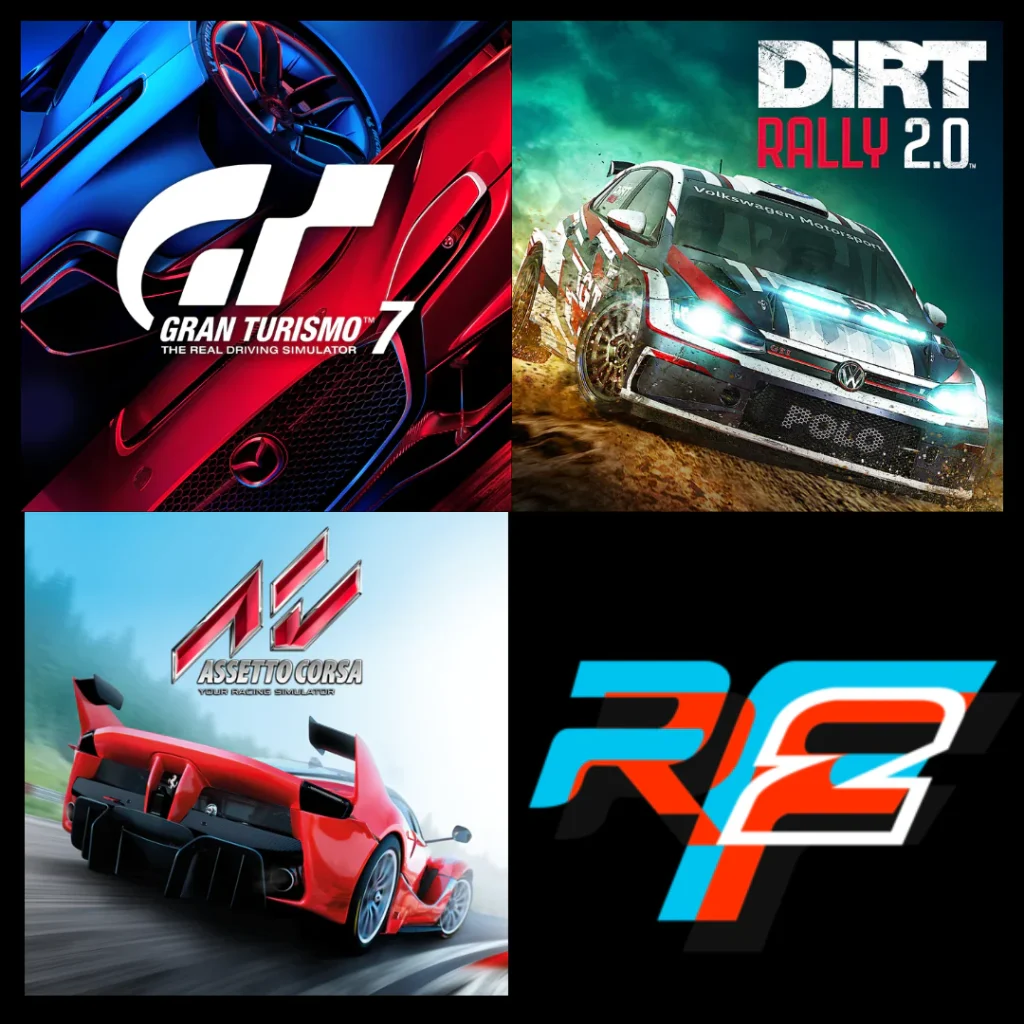
These titles have steady roots and a clear place on social media. Clubs, leagues, and car communities give structure that outlives any patch. In 2025 the best releases invest in authentic broadcasts, crossplay matchmaking, and smooth controller feel. Seasonal content ties in with real events, which lets teams ride cultural waves without heavy production.
Design notes for teams:
- Make highlights easy to clip. Automatic replays and simple export tools create buzz.
- Penalty systems must be fair. Bad calls ruin evenings and push players to rivals.
- Event calendars should respect time zones and offer steady but not constant pressure.
How popularity shapes development decisions
Trends do not only steer marketing. They change how teams plan pipelines, pick engines, and schedule content. The table below sums up the most common pressures and the responses that work in 2025.
Development pivots driven by genre heat
| Pressure on teams | Design response | Business impact |
|---|---|---|
| Players need smooth crossplay | Standardize input rules, publish aim assist values, invest in anti cheat | Larger launch pools and faster queues |
| Short sessions with deep mastery | Teach fast, hide depth in builds, soft skill ladders | Higher retention without heavy tutorials |
| Stream and clip culture | Big audio tells, readable damage, steady kill cam tools | Free discovery and stronger creator ties |
| Seasonal cadence | Pipelines for cosmetics, events, and arcs, with paid and free tracks | Predictable revenue and steadier staffing |
| UGC appetite | Ship map tools, scripting, and safe sharing with ratings | Long tail engagement and creator partnerships |
| Performance expectations | Optimize on day one, ship robust presets and FSR or DLSS | Fewer refund spikes and better reviews |
| Global access and accessibility | Controller support, remapping, color tools, text size, TTS | Wider audience and better word of mouth |
The biggest shift is cultural. Teams now plan the first 90 days with the same care once reserved for launch day. That plan includes events, hotfix windows, creator programs, and community beats that turn a sale into a habit. The games that miss this step often fade even when the core loop is strong.
Monetization and retention that feel fair
Players tolerate spending when it feels optional, honest, and tied to identity. Cosmetic shops should tell a clear story about theme and value, not drown fans in noise. Battle passes perform best with gentle pacing and several anchor items that feel worth the time alone. Event tickets work when they open experiences, not when they lock must have power behind a short window.
Retention now blends two modes. One supports daily or weekly rituals that take minutes. The other supports big weekend sessions where friends plan a raid, a build, or a bracket. Healthy games respect both tempos, and their calendars reflect that mix.
Platform and tech considerations
PC remains the test kitchen where new ideas prove their strength, yet console crossplay and cloud sessions support scale. Many studios now target a 60 FPS baseline on all platforms for competitive modes. Post processing and sharp UI keep streams clean, while scalable settings protect lower spec laptops. Controller support on PC is no longer optional for mainstream success, even in genres once built for mouse and keyboard.
Networking has also matured. Modern backends embrace relay servers and smarter region picks, which improves play for friends who live far apart. Voice quality and noise tools matter because players keep comms open across long nights. Little gains add up, and they save friendships from a few avoidable arguments.
Risks to watch in 2025
- Overlap fatigue. Too many games chase the same loop with only skin deep differences. Players pick polish and social gravity over novelty.
- Aggressive passes. Stingy progress turns fans into auditors. If the math feels off, churn spikes within days.
- Performance misses. Rocky PC launches kill momentum before content can land. Day one presets and compatibility testing are worth the budget.
- Thin endgames. Hits that forget mastery paths see streams move on within a month. Plan for clever mods or rotating rules that keep veterans busy.
- Cheating. Strong anti cheat and active comms protect trust. This is table stakes in shooters and extractions.
Play patterns by device and region
Mobile first regions lean into roguelites, card games, and anime action RPGs due to fast loads and clear touch controls. Console heavy regions favor shooters, sports titles, and cozy sims that fill weeknights. PC led regions push extraction, builders, and mod heavy sandboxes. Crossplay softens these edges, yet the trend holds enough to guide marketing and event timing. Global launches work best when events respect local weekends and holidays rather than a single time zone.
Practical guidance for teams planning a 2026 launch
- Pick one signature verb and build the whole game around it. Make that verb feel great on both controller and mouse.
- Show the loop in ten seconds. A player should understand the thrill of the game before the first cutscene ends.
- Publish a creator plan before launch. Tell streamers and map makers how you will support them.
- Protect the first hour from empty shops and hard sells. Trust pays off later.
- Make a roadmap that favors surprise. Leave room for small experiments alongside big beats.
The pitch that wins attention
Be clear, fast, and human. Show your loop as it looks in real play. If your friends would not understand the draw after one short clip, the pitch is not ready. Name one thing only your game can do, then set up the calendar that proves you mean to support it for years.
Closing thoughts
Genres in 2025 reward games that respect time and celebrate skill. The winners combine drop in ease with depth that keeps crews talking. Survival offers shared projects and near misses that become legends. Extraction turns risk into memory. Roguelites and card games feed clever minds during short breaks. Shooters, fighting games, and sports titles deliver crisp competition with clean nets and loud moments. Builders and cozy sims slow the pulse and make screens worth framing.
If you build for clean sessions, honest wins, and the kind of stories players love to retell, your game can stand next to the heavyweights on this page and hold its ground through the year and beyond.
